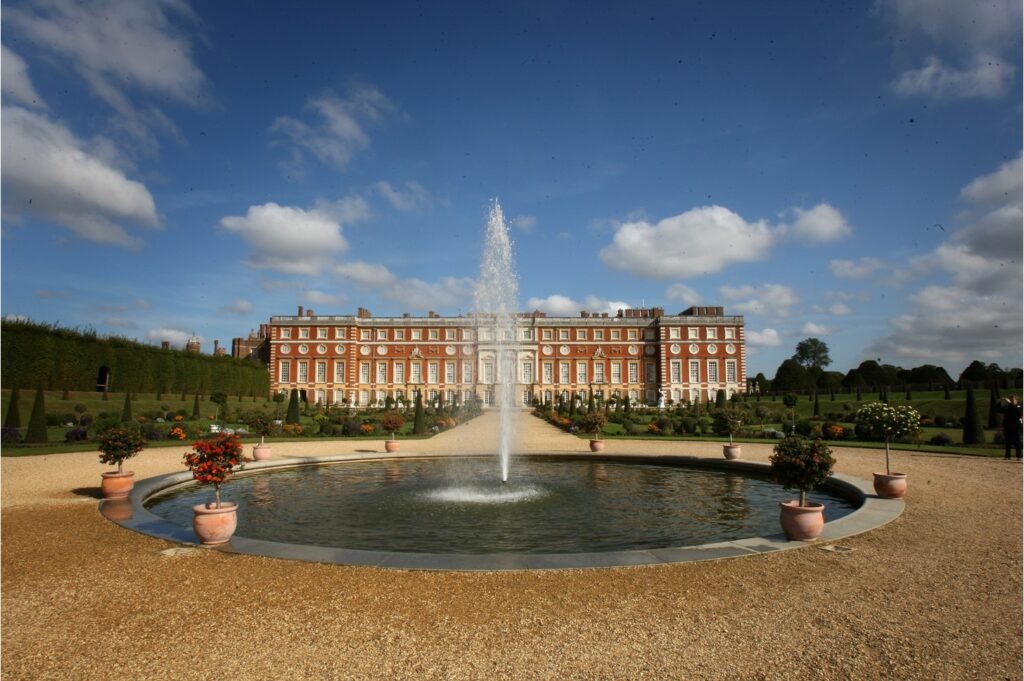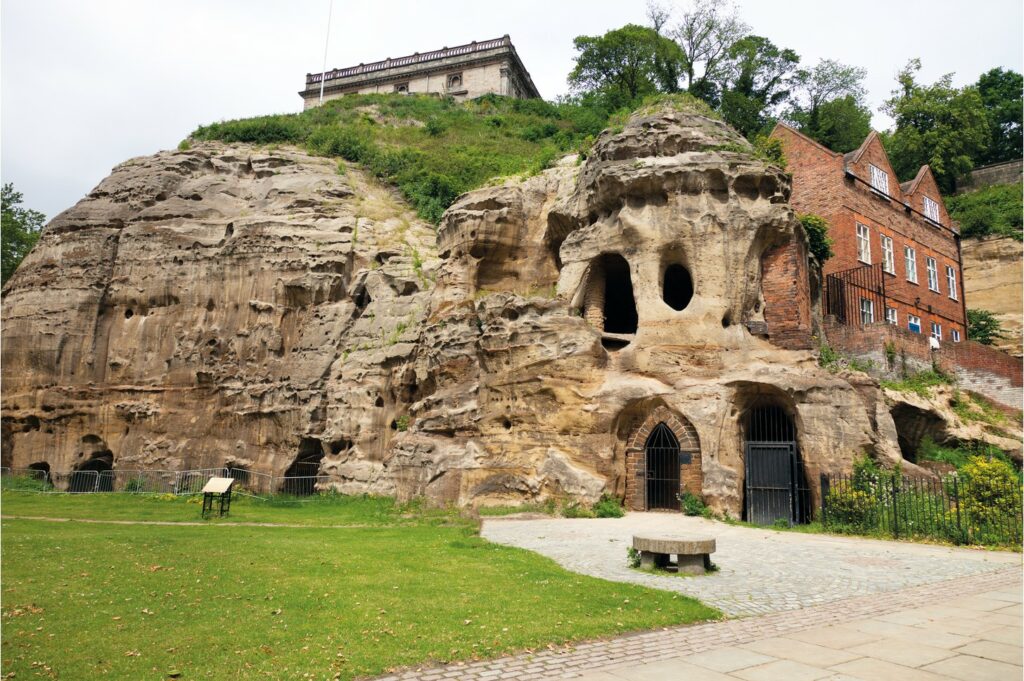Ghosts of the past: 3 haunted royal Medieval residences of Britain
From the chilling apparition of a royal pageboy who haunts Glamis Castle, to the tragic Jane Seymour who carries her severed head about Hampton Court Palace, Caroline Taggart explores 3 of the most haunted sites in Britain…
3. Hampton Court Palace, London
One of the joys of Hampton Court is that it is two palaces for the price of one: there’s the Tudor construction and also the palace built by William and Mary two centuries later. So it’s fitting that you should also find there two royal ghosts.
Two of Henry VIII’s wives are said to haunt Hampton Court – one of them more peacefully than the other. The wife said to have been Henry’s favourite – number three, Jane Seymour – died here in 1537, shortly after giving birth to the longed-for son, the future Edward VI.
In Hampton Court’s Chapel Royal, you might start by admiring the exquisite ceiling, vaulted and painted in striking midnight blue with a repeating pattern of stars and the royal motto ‘Dieu et Mon Droit’ picked out in gold. Then if, having been dazzled by looking up, you care to look down, you can contemplate the peculiar rumour that Jane Seymour’s heart and other organs may be buried beneath the floor.
The rest of her body is in St George’s Chapel, Windsor, where she lies next to her husband. She was the only one of Henry’s wives to be given a queen’s funeral. But Jane may not entirely have left Hampton Court.
It is suggested that a ghostly lady in a long white gown has been seen carrying a lighted taper down the so-called Silver Stick Staircase and out into the Clock Court, and that she may be Henry VIII’s third queen. If it is indeed Jane, she isn’t alone in her wanderings.
Tradition has it that Katherine Howard – wife number five – upon learning that she was to be charged with adultery, ran along the processional route that leads from Henry VIII’s quarters to the chapel, screaming and begging her husband for mercy. The royal guards seized her and forced her back to her own apartments. She never saw Henry again, but her ghost, still screaming, is regularly seen and heard in what is now called the Haunted Gallery.

2. Glamis Castle, Angus
Widely recognised as the home of William Shakespeare’s Scottish nobleman Macbeth, Glamis is now better known as the childhood home of the late Queen Elizabeth, the Queen Mother; and as the birthplace of the late Princess Margaret in 1930. It is also said to be the most-haunted castle in Scotland.
One of its most appealing ghosts is a mischievous pageboy. The story goes that this naughty boy was frequently punished by being told to sit on a stone seat just outside the room that is now styled as the Queen Mother’s sitting room. One freezing cold night, everyone went to bed and forgot about him. The pageboy, doing what he was told for once, obediently sat there all night and froze to death.
Today, visitors still occasionally trip over as they enter this room, supposedly because the boy sticks out his foot as they pass by. It’s tempting to imagine he sticks out his tongue, too.
The nearest Glamis has to a royal ghost, though, is the so-called Lady in Grey, Janet Douglas (c1498–1537), who was widow of the sixth Lord Glamis. Douglas’s clan had a long-running feud with the royal Stuarts and, in order to be avenged on the family and claim Glamis for himself, in 1537 James V accused Janet of witchcraft and put her on trial in Edinburgh.
Even in the superstitious times of the 16th century, the charges were so obviously trumped up that there was rioting in the streets.
But it made no difference: Janet was burned at the stake on Castle Hill in Edinburgh on 17 July 1537.Some 150 years later her ghost found its way back to Glamis, where today’s castle guides make macabre mileage from warning visitors that she occupies a specific seat in the chapel – perhaps the one being occupied at that very moment

1. Nottingham Castle
After 20 years of foolish decisions, the disastrous monarch Edward II was deposed in 1327 by his queen, Isabella, and her lover, Roger Mortimer. Visitors to Berkeley Castle in Gloucestershire can still see the dungeon where Edward died in what one historian has described as a “suspiciously timely” manner.
Although the official account said that Edward had died of natural causes, many theories abound as to how he may have been murdered, including death by the intimate administration of a red-hot poker or, as the 16th-century playwright Christopher Marlowe had it, by being forced to lie on a bed while his executioners put a table on top of him and stamped on it.
Isabella and Roger briefly controlled the kingdom in the name of her teenage son, now Edward III, but the young Edward soon decided to take power into his own hands. On 19 October 1330, still a month short of his 18th birthday, the king launched a dramatic coup against Isabella and Roger at Nottingham Castle. He took his mother and her lover prisoner and hauled Mortimer off to the Tower of London. On 29 November, after a token trial, Roger was hanged ignominiously at Tyburn.
Hanging was, at this time, the form of capital punishment used to punish common criminals. Given Mortimer’s rank, it would have been more respectful to have beheaded him on Tower Hill.
Mortimer’s ghost supposedly made its way back to Nottingham and it is said that the apparition can sometimes be seen in one of the man-made caves in the labyrinth under the castle. If you stop for a drink at the Ye Olde Trip to Jerusalem, the centuries-old pub set among the caves, you may just see him.






